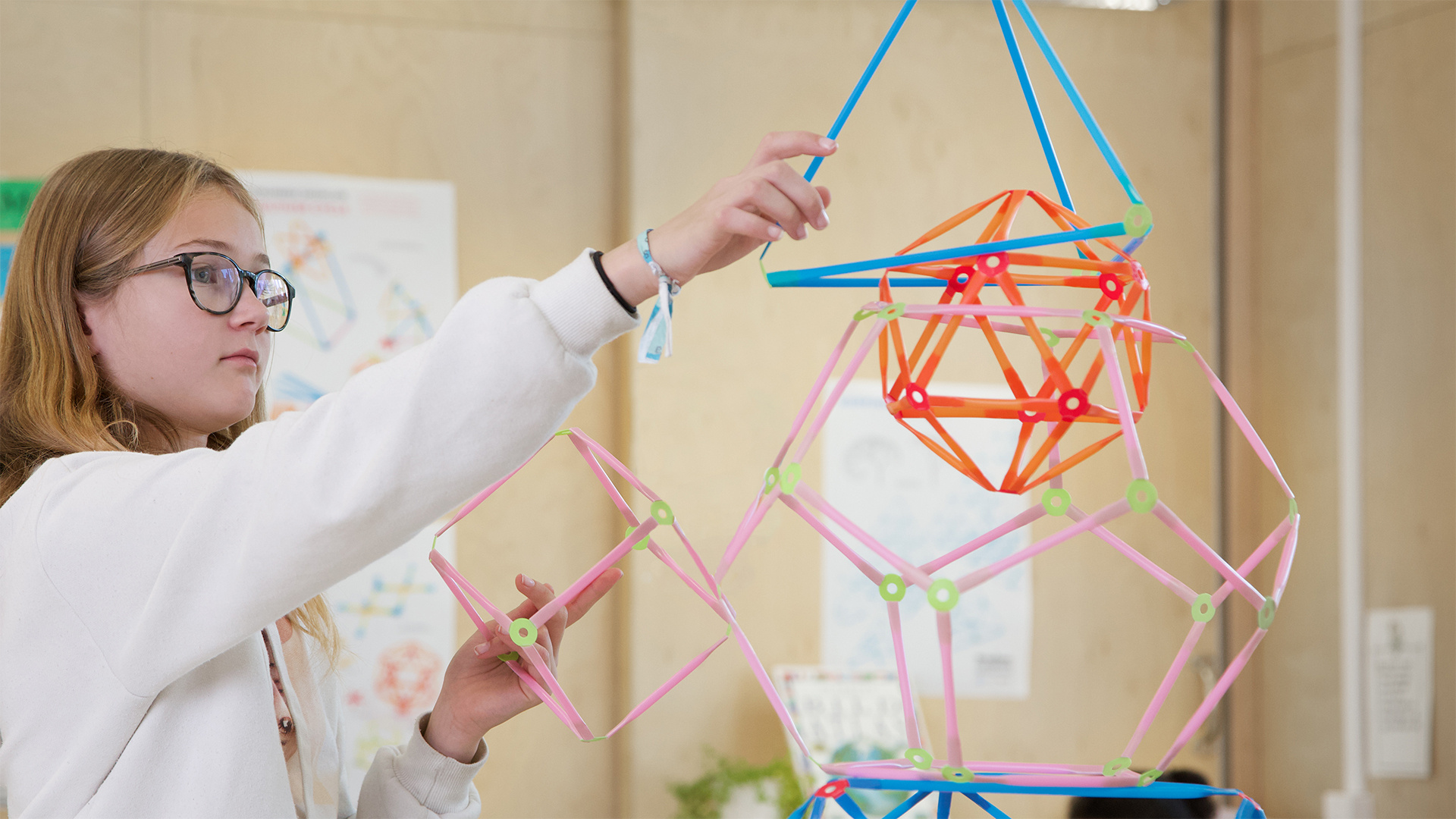Understanding and Closing Attainment Gaps in STEAM Education
What are Attainment Gaps in STEAM Subjects?
Attainment gaps in STEAM (Science, Technology, Engineering, Art, and Mathematics) subjects refer to the disparities in academic performance between different groups of students. These gaps can be observed across various dimensions, including socioeconomic status, race, gender, and geographical location. In the US, these disparities are particularly pronounced in STEM education, leading to significant implications for students' future opportunities and the national workforce.
Causes of Attainment Gaps in STEAM Subjects
Several factors contribute to the attainment gaps in STEAM subjects:
Socioeconomic Status: Students from lower socioeconomic backgrounds often lack access to high-quality educational resources, including advanced STEAM classroom kits, which are essential for hands-on learning in robotics and engineering.
Cultural Bias and Stereotypes: Persistent stereotypes about who can excel in STEAM fields can discourage students from underrepresented groups, including girls and minority students, from pursuing these subjects.
Curriculum and Instruction: A lack of curriculum alignment with recognized standards like NGSS (Next Generation Science Standards) and Common Core can result in inconsistent educational experiences. Moreover, educators may not always have the necessary professional development and resources to effectively teach STEAM subjects.
Access to Technology: Unequal access to technology and digital tools is another significant barrier, hindering students' ability to engage in project-based learning and digital literacy activities.
Teacher Preparation: Many teachers do not receive adequate training in STEAM education, limiting their ability to deliver effective and engaging lessons that meet the needs of diverse learners.
The Role of Curriculum Development in Closing Attainment Gaps
Effective curriculum development tailored to diverse learning needs is crucial for addressing attainment gaps in STEAM education. An interdisciplinary curriculum that integrates hands-on, project-based learning can promote equity and improve learning outcomes.
Curriculum Alignment with Standards
Aligning the curriculum with standards such as NGSS and Common Core ensures that students have access to high-quality education. This alignment provides a clear framework for what students need to know and be able to do at each grade level, facilitating consistent and equitable learning experiences.
Integrating Technology and Digital Tools
Integrating technology into the classroom enhances learning by providing students with access to digital tools and resources. This includes using platforms like Strawbees products for building and programming robots, which can make abstract concepts more tangible and engaging.
Professional Development for Educators
Professional development is vital for equipping teachers with the skills and knowledge necessary to deliver effective STEAM education. Workshops, online courses, and certification programs can help teachers stay updated on the latest practices and technologies in STEAM education, fostering better instructional strategies and student outcomes.
Strategies for Closing Attainment Gaps
Equity in Literacy and Numeracy: Ensuring that all students have strong foundational skills in reading and math is essential for success in STEAM subjects. This can be achieved through targeted interventions and support for students who are struggling.
Inclusive Classroom Practices: Implementing inclusive teaching practices that recognize and value diverse learning styles can help all students feel supported and capable of succeeding in STEAM subjects.
Use of STEAM Classroom Kits: Tools like Strawbees STEAM School Kits can provide hands-on learning experiences that are critical for engaging students in STEAM subjects. These kits offer various activities that encourage creativity, problem-solving, and collaboration.
Maker Education and Tinkering: Encouraging students to engage in maker education and tinkering activities can foster creativity and innovation. These activities allow students to explore, experiment, and learn through doing, which can be particularly beneficial for underrepresented groups.
Community and Family Engagement: Involving the community and families in students' STEAM education can provide additional support and resources. Programs that engage families in learning activities can reinforce the importance of STEAM education and provide a support system for students.
Closing attainment gaps in STEAM education requires a multifaceted approach that includes curriculum alignment, professional development for educators, and inclusive classroom practices. By providing all students with access to high-quality educational resources and fostering an environment that values diversity and inclusion, we can ensure that every student has the opportunity to succeed in STEAM subjects.
By addressing the factors that contribute to attainment gaps and implementing effective strategies, we can create a more equitable and inclusive STEAM education landscape, ensuring that all students have the opportunity to thrive.
For educators looking to make a difference in their classrooms, Strawbees offers a range of innovative products and resources designed to support STEAM education.
Explore our comprehensive STEAM School Kits to bridge the attainment gaps in your classroom and equip your students with the best tools for success.
You May Also Like
These Related Stories

Maximizing Learning with Strawbees Classroom: 7 Essential STEAM Tips for US Educators

The Importance of Cross-Curricular Learning in Enhancing STEAM Education


